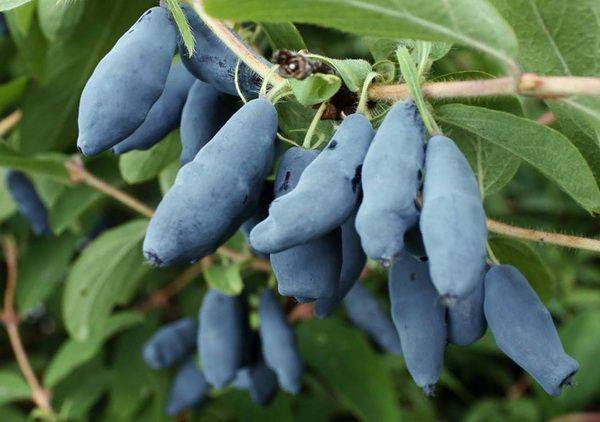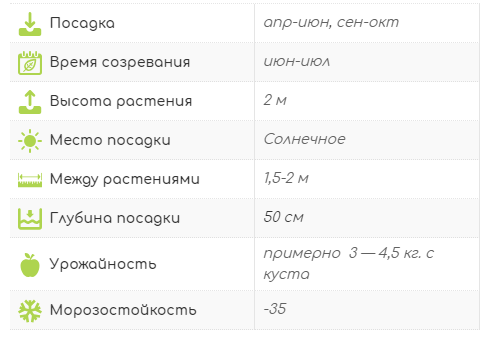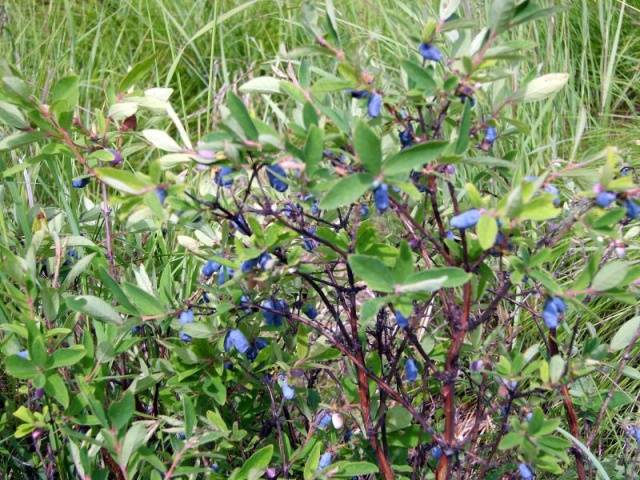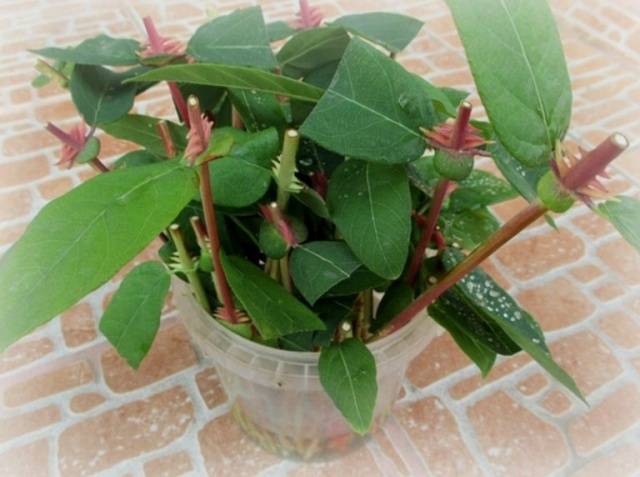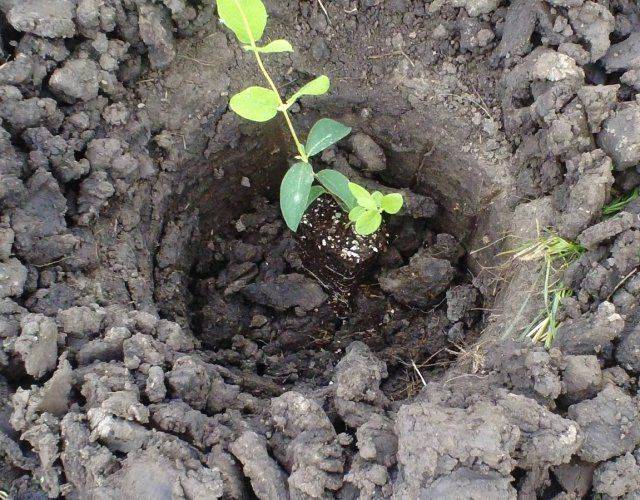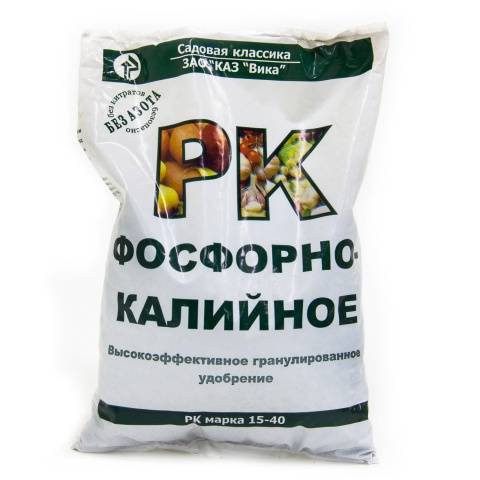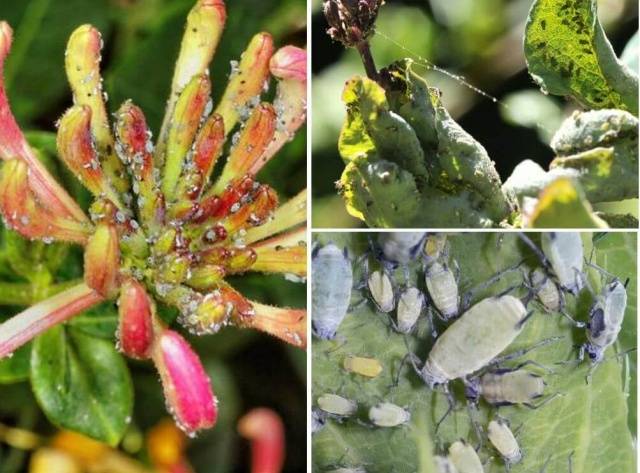Bakchar Giant is one of the most common varieties of honeysuckle. The popularity of the berry bush is due to its resistance to frost and disease. A distinctive feature of the variety is large berries. Honeysuckle is unpretentious in care and can bear fruit up to 18-20 years.
Breeding history
This variety of honeysuckle was obtained at the Federal State Unitary Enterprise "Bakcharskoye", which is located in one of the villages of the Tomsk region. The authors of the new variety were I.K. Gidzyuk, N.V. Savinkov and A.P. Pavlov.
Honeysuckle Bakchar Giant bred for cultivation in harsh winter conditions. It is recommended for planting in Siberia and in the Central European part of the Russian Federation, which is characterized by a moderate continental climate.
Description of the variety
Honeysuckle Bakcharian Giant is characterized by medium ripening and large, juicy berries. The plant has a powerful and vigorous shrub that can reach two meters in height. The crown is round and elongated. Frame branches are straight and thick, stretching up to 0.6 m in length. The bush is abundantly covered with large, dark green leaves with a gray tint and a matte surface.
Honeysuckle of this variety gives large berries, the average weight of which is 1.8 grams, 4-5 cm long, and 1.3 cm in diameter. Some specimens reach 2.5 grams. The fruits are cylindrical in shape and have a slightly lumpy, waxy surface. The thin skin is colored deep blue. Sometimes small voids are found under it.
The pulp is tender and dense, the bones are almost not felt. Taste - dessert, sweet, with a slight sourness. Tasters estimate it at 4.8 points out of 5. Honeysuckle is consumed fresh and frozen. Berries are used to prepare compotes, jellies, jelly, juices, various wines and jams.
Yield
Honeysuckle Bakchar Giant begins to bear fruit in the second or third year after planting. The first berries can be tasted in June. Average one bush brings from 1.8 to 2.5 kg large fruits. Under favorable conditions, up to 4.5 kg of berries can be removed from one plant. Gardeners harvest from 8 to 15 tons of crops per hectare.
Pollinators for the Bakchar Giant
Flowers of the Bakcharian Giant self-infertiletherefore they require cross-pollination. To get a bountiful harvest and large berries, Several different types of honeysuckle should be planted in the garden. Recommended pollinating varieties of the Bakchar Giant: In Memory of Gidzyuk, Pride of Bakchar, Nymph, Amphora, Azure.
Advantages and disadvantages
According to the reviews of summer residents, a number of positive aspects of the Bakcharsky Giant honeysuckle can be distinguished:
- bountiful harvest;
- large fruits;
- dessert taste that will appeal to any gourmet;
- the fruits are easy to pick, since the branches are widely spaced;
- good resistance to diseases and pests;
- increased cold resistance, honeysuckle of this variety withstands frosts up to - 35 degrees;
- fruits tolerate transportation relatively well.
The disadvantages of this variety include shedding of ripe fruits. But experienced summer residents and gardeners can easily solve this problem. Under the bush, they spread a film or cloth on which the berries fall. A little trick helps in harvesting.
Growing
It is not difficult to grow the honeysuckle Bakchar Giant.But in order for the seedling to take root and begin to develop rapidly, you need to adhere to some of the planting features.
Landing dates
Planting of this variety of honeysuckle is best done in September-October. After winter, the plant will wake up and begin to develop. Planting a bush in the spring is not recommended. Since honeysuckle wakes up very early (at the end of March), it is undesirable to disturb it. She can weaken and die. If there is such a need, then dig up the bush along with the soil. This way, damage to the root system will be minimal.
Reproduction methods
Honeysuckle Bakchar Giant is propagated by several methods:
- Layers. In June, they dig up the soil around the plant. Then several lower branches are bent to the ground and, sprinkled with soil, secured with a wire. After a year, they take root and can be separated from the shrub.
- Green cuttings. At the end of May, a part of an annual shoot with 3 buds is cut from the plant. Its length should be within 10-15 cm. The stem is soaked in a growth stimulant solution and placed in a container with soil. Using a plastic bottle, they create a greenhouse effect.
- Seeds. it laborious and time consuming way cultivation, therefore it is rarely used. The seeds are harvested from ripe fruits. They are planted in boxes, covered with snow and left until spring. With the arrival of heat, the container is covered with a film and wait for the emergence of seedlings. Before planting, the seeds must be stratified.
The photo shows cuttings of honeysuckle.
Seat selection
Honeysuckle of this variety does not like strong winds, so it is recommended to plant it along a fence or any other fence. Bakchar Giant does not tolerate excessive moisture. Groundwater should be no closer than 1.5 meters to the surface of the earth. For planting a bush, it is not recommended to choose a low-lying area, as cold air and moisture accumulate there.
Lighting
Bakchar Giant loves sunny areas, but the lower branches should be in the shade. Therefore, honeysuckle should be planted interspersed with other shrubs. So the crown will be well lit, and the root zone of the plant will be shaded.
The soil
Honeysuckle is not picky about the ground, but grows best on fertile and loamy soil. The composition of the soil should be neutral or slightly alkaline. If it is sour, then dolomite flour or ash must be added to the planting pit.
Landing rules
Seedlings must be purchased from trusted sellers. Before planting, the roots of the plant are soaked in a solution of any growth stimulant. Then the following sequence of actions is performed:
- the territory is cleared of weeds;
- humus, rotted manure, peat or compost are scattered over the surface of the earth at the rate of 10 kg / 1 m2;
- the site is carefully dug up;
- prepare pits about 0.4 meters deep and 0.4 meters wide;
- drainage is placed on the bottom and 50 g of superphosphate and 50 g of potassium salt are added to each well;
- straighten the roots of the seedling and lower it into the hole so that it the root collar was at ground level;
- cover the hole with soil and slightly compact it;
- planted honeysuckle is watered with a bucket of water.
Care
Bakchar Giant is a picky variety of honeysuckle. But regular maintenance guarantees a healthy appearance of the plant and abundant fruiting.
Watering
The shrub should be watered every 4-5 days... It is recommended to pour a bucket of water (10 liters) on one root. If there is not enough moisture, the berries will become bitter. If over-watered, the roots of the plant will rot. Therefore, you need to focus on the weather conditions of a particular area. In case of drought, increase the amount of watering, and during rains, decrease. In the fall, it is minimized.
After each irrigation, it is advisable to loosen the ground around the bush.
Top dressing
Honeysuckle varieties Bakcharskiy Giant are fed in three stages. In the spring, nitrogenous fertilizers are used to grow fruits. For example, ammonium nitrate. 15 g of the substance is enough for one plant.
To recover after fruiting, the bush is watered with a nitrophoska solution (25 g per bucket of water). If it is not at hand, phosphorus-potassium fertilizers are applied to the soil.
To store nutrients for the winter in the fall, the soil is fertilized with organic matter. To do this, the manure is diluted in water in a ratio of 1 to 4. 10 liters of solution is enough for one bush.
Pruning
Young honeysuckle does not need to be pruned. The first the procedure is carried out three years after planting the seedling. Remove broken, frozen and dried branches. Also cut off the curved, growing inward and inclined to the ground shoots. Depending on the age of the bush, about 9-15 strong branches should remain on it. The more light penetrates the middle of the bush, the larger the berries will be.
Diseases and pests
The honeysuckle variety Bakcharskiy Giant has good resistance to many diseases. But the shrub can be attacked by pests: caterpillars, ticks, aphids and scale insects. Therefore, preventive spraying is carried out in early spring. The following drugs have proven themselves well: Mavrik, Konfidor, Eleksar and Inta-Vir.
The photo shows honeysuckle affected by aphids.
Conclusion
Honeysuckle Bakcharian Giant deserves attention. This is a godsend for gardeners living in the northern regions of the country. it frost-resistant variety, which is intended for cultivation in harsh climatic conditions. To get a rich harvest and a healthy plant, it is enough adhere to simple rules of agricultural technology.
Testimonials
